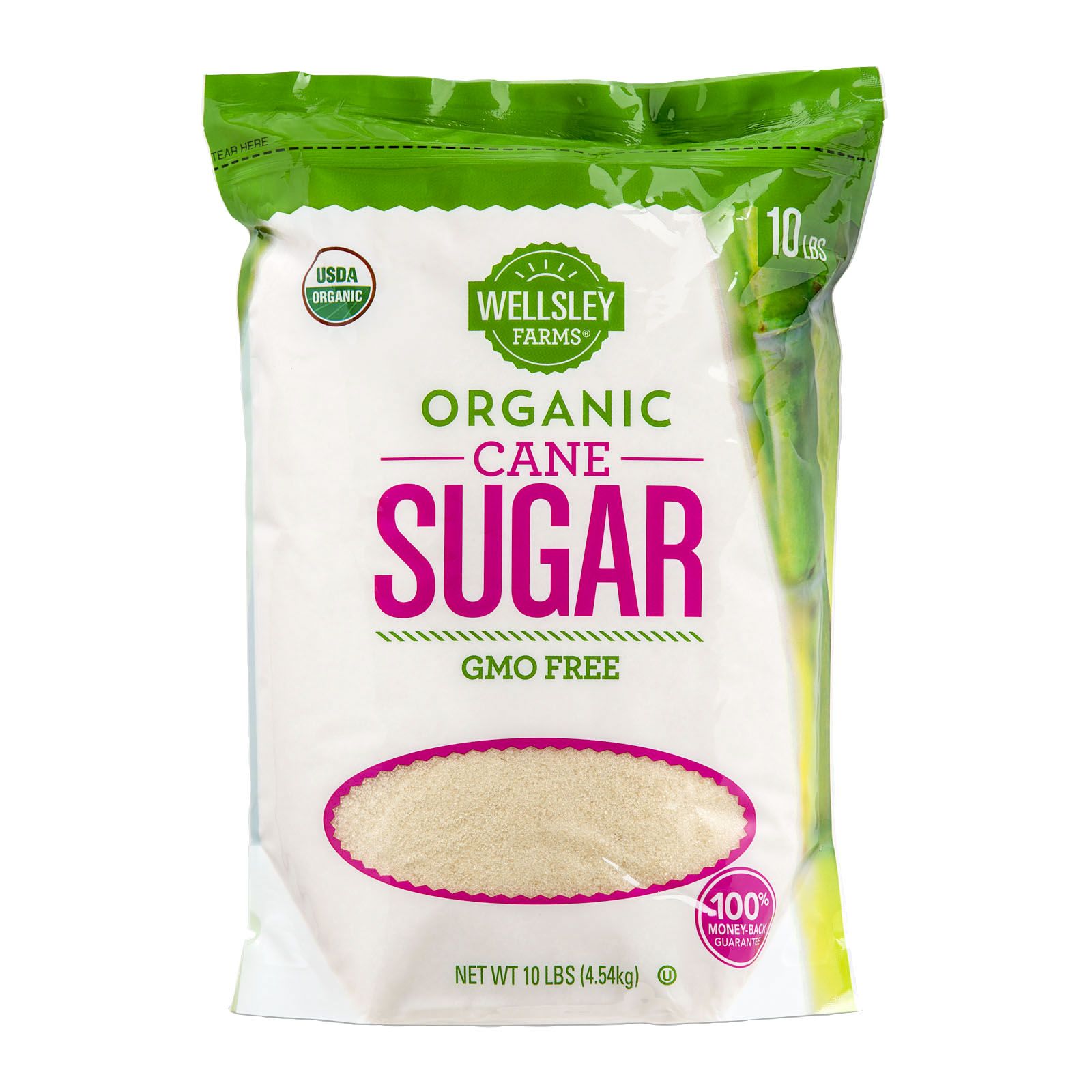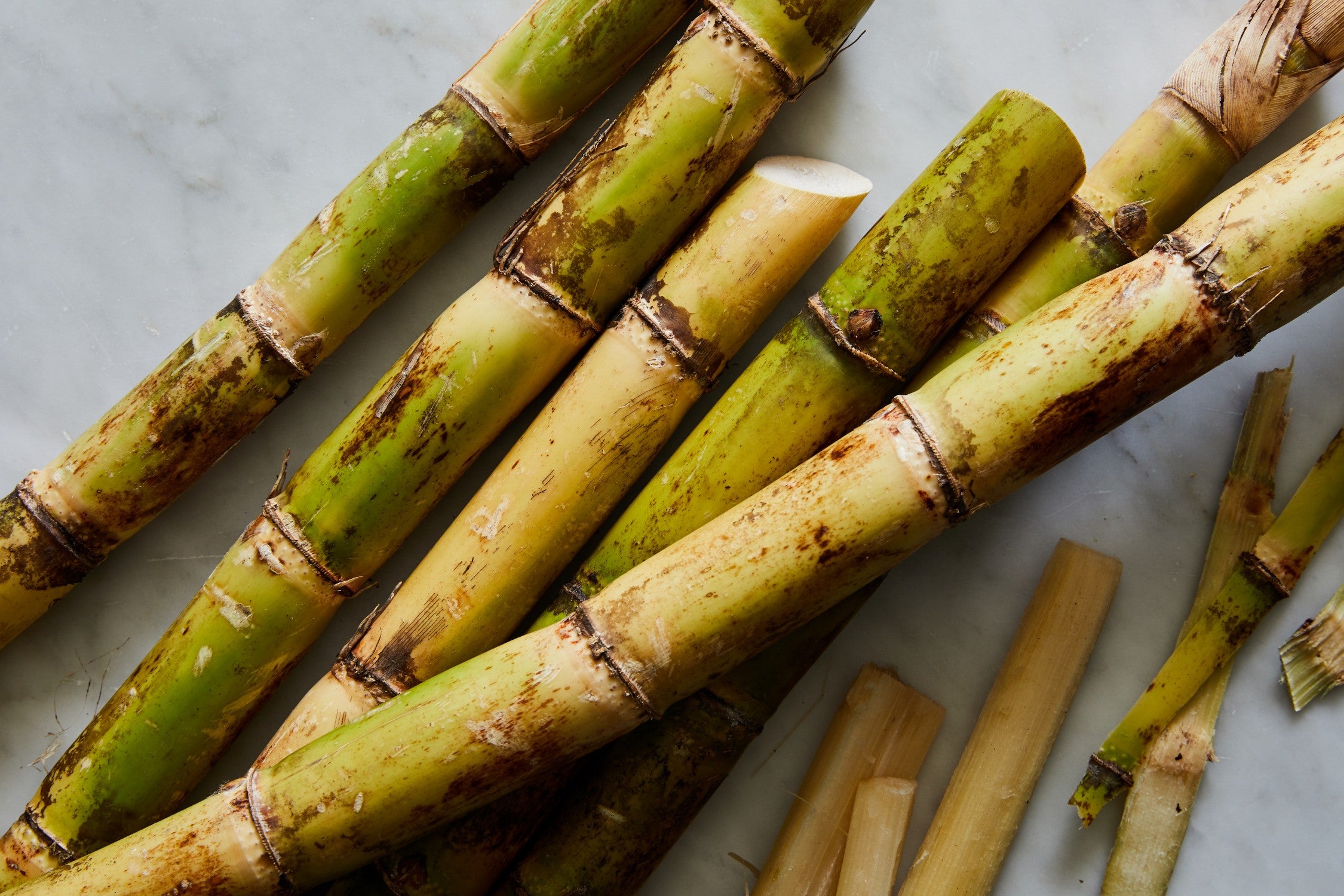Understanding Cane Sugar Processing: A Comprehensive Overview of the Stages
Understanding Cane Sugar Processing: A Comprehensive Overview of the Stages
Blog Article
A Thorough Overview to the Environmental Effect and Sustainability Practices in Cane Sugar Handling
The environmental influence of walking stick sugar handling presents a complex selection of difficulties that warrant careful assessment. From dirt degradation and excessive water use to the carbon footprint related to growing and manufacturing, the effects of standard practices are far-ranging. In comparison, the fostering of innovative sustainability procedures provides a pathway towards more accountable manufacturing techniques. Comprehending the interplay between these concerns is important for stakeholders in the market. What details techniques can be executed to strike an equilibrium in between productivity and ecological stewardship? The solutions depend on a more detailed take a look at both the challenges and potential options.
Introduction of Cane Sugar Processing
Walking stick sugar processing includes a series of methodical steps that change sugarcane right into refined sugar. Initially, gathered sugarcane is transported to refining facilities, where it undergoes cleansing to remove soil and debris. Following this, the walking stick is squashed to draw out juice, which is then clarified by removing contaminations through home heating and the addition of lime.
The made clear juice undergoes dissipation, where water is gotten rid of to concentrate the sugar material. This concentrated syrup is then crystallized via air conditioning, permitting sugar crystals to develop. These crystals are divided from the continuing to be syrup using centrifugation, causing raw sugar. To achieve polished sugar, the raw product undertakes more filtration processes, which might include filtering and washing to get rid of remaining contaminations and shade.
The last item is after that dried out and packaged for circulation. Throughout this entire process, keeping performance and quality assurance is essential to guarantee the sugar satisfies industry standards. Each action in walking stick sugar processing not just adds to the last item but also has effects for resource use and waste generation, setting the stage for conversations on sustainability and environmental influences linked with sugar manufacturing.
Ecological Challenges of Production
The manufacturing of cane sugar provides a number of considerable environmental difficulties that warrant attention. One key issue is the considerable use agrochemicals, consisting of chemicals and plant foods, which can lead to dirt destruction, biodiversity loss, and contamination of regional water resources. The runoff from sugarcane fields typically brings these chemicals into nearby ecological communities, interrupting water life and influencing the wellness of neighborhoods reliant on these water bodies.
Another difficulty is the high energy intake linked with sugarcane processing. The boiling and refining stages require significant heat, largely generated by burning nonrenewable fuel sources, adding to greenhouse gas exhausts. In addition, the extensive acreage needed for sugarcane cultivation can bring about logging and environment damage, additional aggravating climate adjustment and harmful wildlife.
Additionally, the labor practices in some regions elevate ethical worries, as employees might deal with bad working conditions and poor earnings. This scenario typically continues a cycle of hardship in local communities. Cane Sugar Processing. Attending to these ecological obstacles is vital for establishing much more lasting methods in cane sugar production, ultimately benefiting both the setting and the neighborhoods entailed in this market
Water and Land Usage Influence
Water resources and land utilization are important components in the walking cane sugar industry that dramatically influence the setting. The farming of sugarcane calls for significant water input, with price quotes suggesting that it can consume as much as 2,000 liters of water per kilo of sugar generated. This intensive use of water usually causes deficiency of regional water sources, impacting not only the sugarcane vineyards but likewise surrounding ecological communities and neighborhoods that depend on the exact same water sources for agriculture and residential use.

Furthermore, land use for sugarcane farming can click here for more info cause deforestation and the conversion of natural habitats right into monoculture vineyards. This method diminishes biodiversity, interrupts neighborhood ecosystems, and adds to dirt degradation. The growth of sugarcane areas usually intrudes on valuable agricultural land, producing competition for sources in between food and biofuel production.
Lasting methods, such as enhancing watering strategies and carrying out crop turning, are necessary to reduce these impacts. By adopting a lot more reliable water usage and land management techniques, the cane sugar industry can reduce its eco-friendly footprint, making sure an equilibrium in between agricultural efficiency and ecological conservation.
Greenhouse Gas Emissions
Greenhouse gas emissions represent a substantial ecological issue within the walking stick sugar handling sector, specifically as farming practices expand to meet international demand. The growing of sugarcane, a plant that grows in tropical climates, relies heavily on artificial fertilizers and chemicals, which add to laughing gas discharges. Furthermore, land-use modifications, consisting of logging for brand-new sugarcane haciendas, launch co2 stored in plants and dirt.
During processing, power usage is one more significant resource of greenhouse gas discharges - Cane Sugar Processing. Numerous sugar mills use fossil fuels to power equipment and produce warmth, leading to significant carbon footprints. Moreover, the transportation of raw sugarcane and completed items includes layers of exhausts with fuel burning in automobiles
The collective impact of these exhausts aggravates environment change, posing threats not just to the setting however also to the lasting feasibility of the sector. Stakeholders click must acknowledge the urgent need for extensive approaches that address these exhausts. This involves examining present farming techniques, processing methods, and transport systems to identify areas for renovation and reduction. Resolving greenhouse gas emissions is necessary for fostering a more lasting walking cane sugar sector in an altering environment.

Lasting Practices and Innovations
Lasting practices and technologies are increasingly vital in the walking stick sugar processing market as stakeholders seek to decrease ecological impacts while preserving productivity. One considerable improvement is the implementation of incorporated crop monitoring, which enhances source use by integrating soil monitoring, insect control, and crop rotation methods. This technique boosts return while lessening chemical inputs and preserving soil health.
Moreover, the fostering of renewable resource sources, such as biomass from sugarcane residues, has actually obtained traction - Cane Sugar Processing. By converting waste products right into energy, refining facilities can minimize their reliance on fossil fuels, consequently reducing greenhouse gas emissions
Water management practices have additionally seen enhancements with the recycling and reusing of water in processing plants, considerably lowering freshwater usage. Technologies in innovation, such as accuracy farming, make it possible for farmers to monitor crop health and source use better, making certain sustainable farming practices.
In addition, certification programs like Fair Profession and Rainforest Alliance encourage ecologically responsible farming methods and promote social equity within the supply chain. By embracing these sustainable methods and technologies, the walking stick sugar processing industry can enhance its strength and contribute positively to environmental stewardship.
Conclusion
The ecological influence of walking stick sugar handling offers substantial challenges, consisting of dirt destruction, high water intake, and greenhouse gas exhausts, along with honest problems associated with labor techniques. Attending to these problems via sustainable methods, such as integrated crop management, renewable resource fostering, and water recycling, is vital. By advertising socially fair and eco responsible methods in sugar production, the sector can alleviate its negative impacts, making sure an extra lasting future for both ecosystems and communities associated with this industry.
Cane sugar processing involves a Get More Info collection of systematic steps that transform sugarcane into refined sugar. Each step in cane sugar processing not just contributes to the final product however likewise has effects for resource usage and waste generation, establishing the phase for discussions on sustainability and ecological impacts linked with sugar manufacturing.
Greenhouse gas emissions represent a significant environmental concern within the walking cane sugar processing market, specifically as agricultural practices broaden to fulfill international demand.Sustainable practices and advancements are significantly essential in the walking cane sugar handling sector as stakeholders seek to reduce ecological effects while maintaining performance.The environmental effect of cane sugar handling presents substantial difficulties, consisting of soil deterioration, high water usage, and greenhouse gas discharges, together with honest problems connected to labor practices.
Report this page